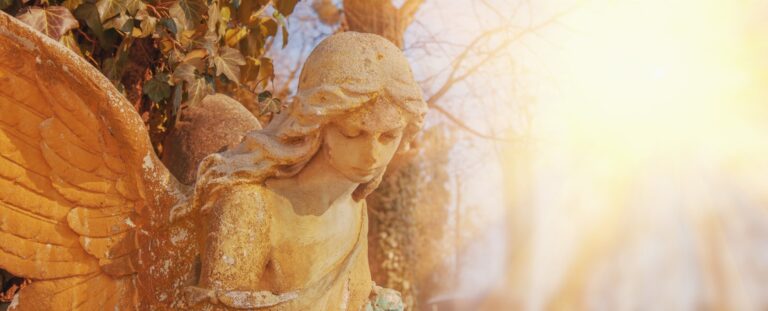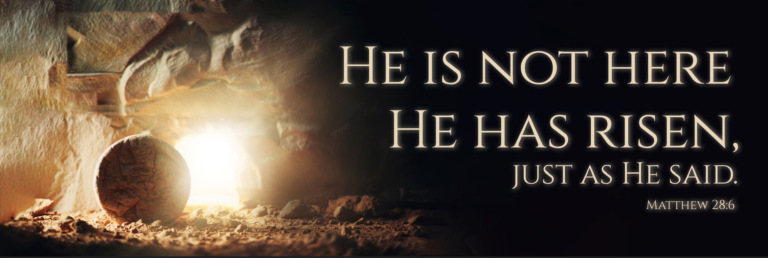
Of Violets and Roses
The liturgical colour in some churches will change to rose from violet this weekend. It is Gaudete Sunday—Rejoice Sunday. Knowing what is going on with these colours can help us to understand what is going on in Advent.
Before we get to rose, it is important to note that violet was a precious dye in the ancient world, only used for the most valuable garments, and so to use it in this season communicates the regal nature of these days. We are waiting for the coming king. Icons of the Blessed Virgin Mary will often depict her with blue garments lined in violet, or having blue covered in violet, for her humanity carried the divine one—the king. That is why she is called the Mother of God.
So how is this related to our celebration of Advent and Christmas? Advent is not a “little Lent” with a focus on penitential trappings. We still sing Alleluia, for instance, and while reconciliation is encouraged, it feels much more like anticipation rather than mortification. Even the liturgical violet is supposed to be different: the documents suggest that the Advent violet should tend more towards a bluish violet. In fact, both the violet and rose colours reflect what is going on in nature. Advent is like a long night of waiting with the violet and, this week, the rose representing the predawn hours as the sun fights its way back into our winter skies. (Of course this doesn’t work in Australia, but this is the concept.)
So as we celebrate Gaudete Sunday this weekend, we are celebrating the fact that the dawn is almost upon us—Christmas is near—and that is a good reason to rejoice.
“And on the glimmering limit far withdrawn,
God made himself an awful rose of dawn.”
–Sir Alfred Tennyson, ‘The Price of Sin’
-Glenn Byer, Associate Publisher



Thank you Glen This was very informative!
K. Kuchar Principal St. Patrick Catholic Elementary School
________________________________________